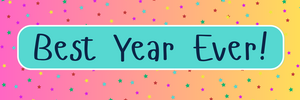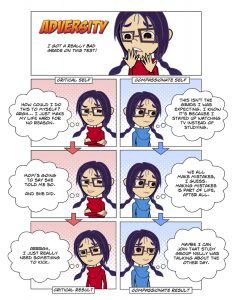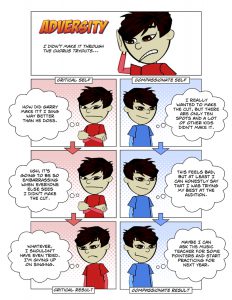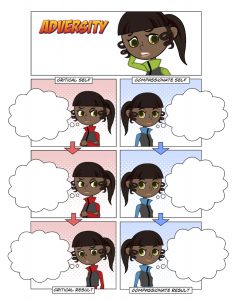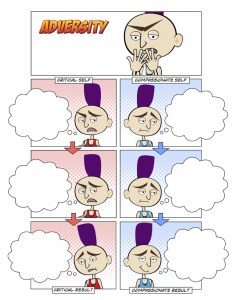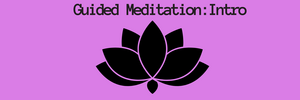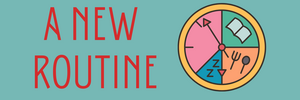
When you are at school, you follow a routine. This school-day schedule helps us structure our time. It tells us when the day begins and ends, and how to spend all the hours in between. The school day builds in time for learning, physical activity and play, creativity, socializing, eating and taking breaks, too. When you have school breaks, sometimes, without this routine, a day at home can feel endless. Learn how to set up a routine for when you are not in school.
Spark your thinking!
1. Set up your SEL mini spark recording page: #6 – A New Routine
2. There are steps you can take to create a daily routine that works for you and provides some of the structure you’re missing. You’ll want to make sure your new routine allows you time for both productivity and rest. On your recording page, write some of the activities you enjoy to do while at home on the weekends or over school breaks.
3. Look over some items that you need to do everyday to stay healthy and exercise your brain. On your recording sheet, record 3-5 of these ideas that you would like to add to a daily schedule.
- Wake up at the same time each day 🛏️
(Consistent sleep supports brain and body health!)
- Make your bed
(Builds responsibility and sets a positive tone.)
- Do a quick stretch or 5-minute workout 🤸
(Jumping jacks, pushups, yoga, etc.)
- Read for 20–30 minutes 📖
(Choose fiction, nonfiction, or a magazine.)
- Practice a skill or hobby
(Piano, drawing, coding, a new language, etc.)
- Brain puzzle or game 🧩
(Sudoku, word search, math challenge, chess.)
- Take a walk or play outside for 20–30 minutes 🌳
(Ride a bike, walk the dog, toss a ball.)
- Work on a creative or school project
(Science experiment, writing, building, art.)
- Limit screen time (TV/games) to short breaks
(Use a timer if needed.)
- Journal or write a few sentences ✍️
(How your day is going, what you’re learning, or a funny story.)
- Clean up your space for 10 minutes 🧼
(Keeps things organized and calm.)
- Read, draw, or listen to relaxing music
(Helps your brain settle down.)
- Turn off screens 1 hour before bed
(Screens can make it harder to fall asleep.)
- Brush teeth and wash face 🪥🧼
- Reflect on the day or say 3 things you’re grateful for
- Go to bed at the same time each night 🕙
(Aiming for 9–11 hours of sleep!)
4. Create a chart that includes the activities in your morning, afternoon, and evening while you are at home. You may use a table in Google Docs, create a presentation in Google slides or print one to use. Daily Routine Daily Schedule Planner
EXAMPLES


5. Post your routine chart/slides to keep you on track and get the most out of your distance learning journey! Where did you put your schedule?
6. Share your SEL mini spark recording page and your planner with your teacher or the EY coordinator in your building.

